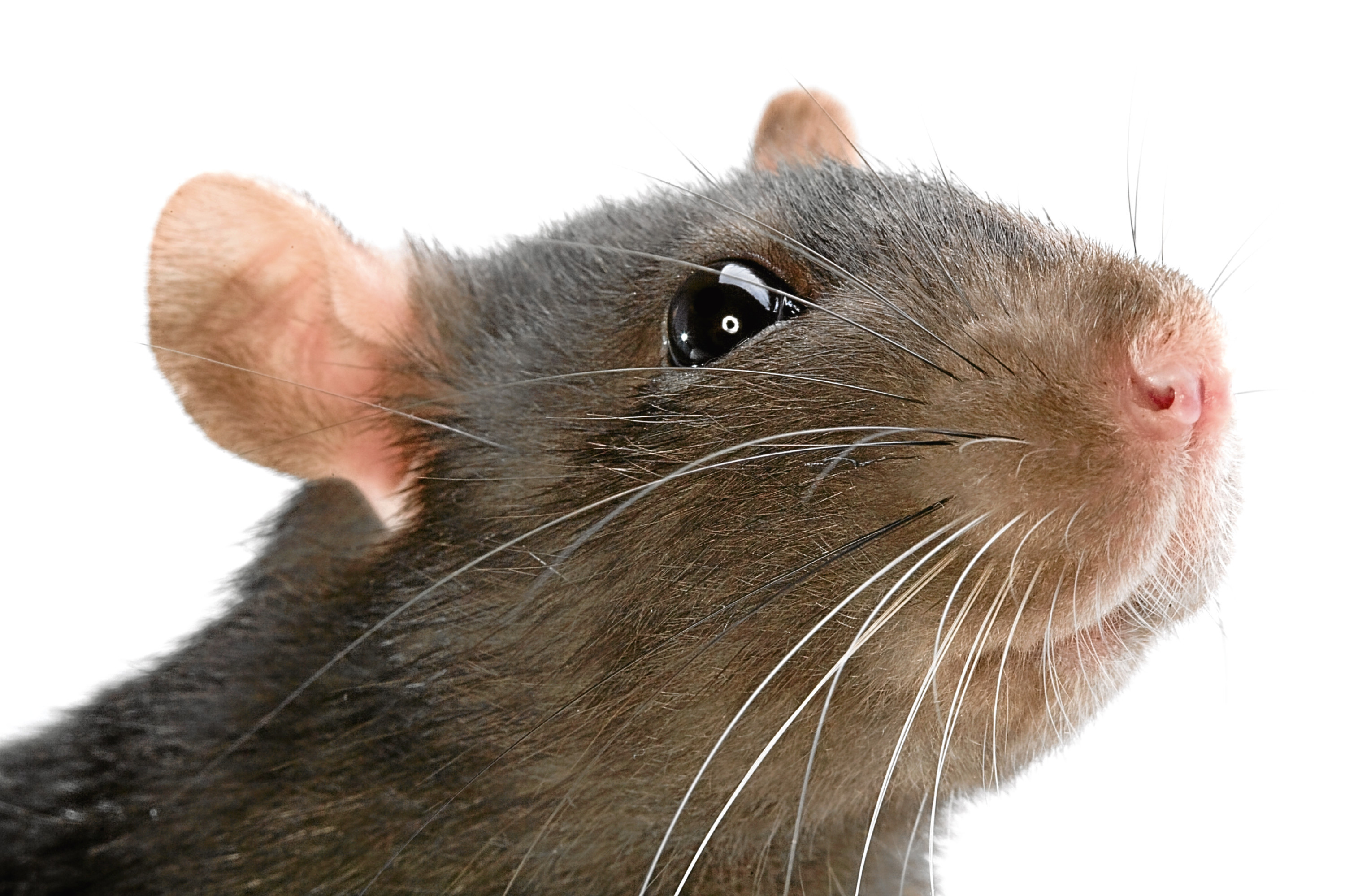
TO some, they make the perfect meal. To others, they’re our best hope of curing diabetes. To many of us, they’re the stuff of nightmares.
We all think very differently of rats.
There are 64 species of this most interesting, feared, and loved, creature, and it’s thought as many as two million live in New York alone.
In Vietnam, they love roasted rat-on-a-stick, while you take your rat with rice and vegetables in China, and parts of wine-mad Bordeaux also see rat on every menu.
Experts reckon they first came from Mongolia, where hordes of ferocious warriors also came, spreading much like they did around the world.
From there, they ended up in Japan by heading in one direction, and in North America by heading the other way, via Europe.
Rats stowed away on British ships bound for New York, where it seems that incredibly-large numbers still reside.
They say New Yorkers hate them and make faces at the regular sight of them, but nobody has done much to get rid of those Big Apple rats.
Maybe that’s because many of us these days keep them as pets and find they can be unexpectedly friendly.
Yes, the same creatures that have had such a bad reputation over the centuries!
When someone cheats on his missus, he gets called a love rat. When we bemoan having to commute to the office each day, we talk about the rat race.
And when George Orwell tried to imagine the worst possible thing that could utterly terrify poor Winston Smith in Nineteen Eighty Four, it was having a cage put around his head, with rats in it.
Pigeons and lots of other birds, along with little mice and other creatures, have all adapted and made modern cities their home, but never get the bad publicity rats get.
No, not even the pigeons.
And yet, rats can be more intelligent, sociable and adaptable than many of their fellow city dwellers.
Once seen as the chief bringer of Bubonic Plague, historians now believe rats alone could not explain how it spread so swiftly.
Perhaps nobody has taken on rats and wiped them out quite like Canada.
The province of Alberta is the largest inhabited area on the planet free of rats.
Settled later than many regions and only becoming a province in 1950, its climate makes it impossible for black rats to live there, and brown rats have to live near humans, so tried to muscle in early on.
They were met with a huge control policy which saw them wiped out in millions, involving bulldozers, poisons, gas, explosives, even shotguns.
The controversial drug warfarin, which seems to be much kinder to humans than rats, was also used to kill off the rodents, and they have never come back.
Just two years ago, an international team set sail from the Falkland Islands for the British Overseas Territory of South Georgia and the South Sandwich Islands.
On board were three helicopters, 100 tons of rat poison and hostile crew.
The idea was to rid the islands of rats and once again make them home to countless wonderful seabirds.
It was a bit like the Pied Piper, except he was wielding a baseball bat high above his head.
Once again, we saw vast numbers of rats disappear overnight.
But let’s not forget that the humble rat can also be a force for good.
Rats in Belgium, Cambodia and elsewhere are trained to sniff out landmines, while the ones used in medical trials can be the difference between life and death for us humans.
No wonder nothing quite divides opinion like the loved, and loathed, rat.

Enjoy the convenience of having The Sunday Post delivered as a digital ePaper straight to your smartphone, tablet or computer.
Subscribe for only £5.49 a month and enjoy all the benefits of the printed paper as a digital replica.
Subscribe